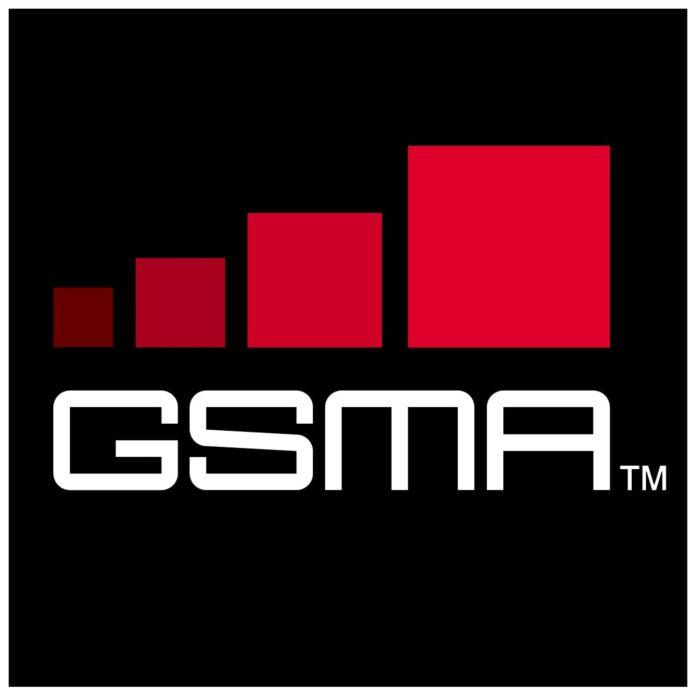The GSMA said this growth is supported by 34 IoT labs globally
The GSMA announced that a total of 23 mobile operators have commercially launched 41 mobile IoT networks worldwide across both NB-IoT and LTE-M technologies.
The GSMA highlighted that this growth is supported by 34 IoT Labs globally. By 2025, there will be 3.1 billion cellular IoT connections, including 1.8 billion licensed LPWA connections, according to data from GSMA Intelligence.
“2018 is the year that mobile IoT networks will scale. We have seen huge growth in the availability of commercial networks in licensed spectrum and anticipate seeing many more launches this year. This is underpinned by an expanding community of organisations developing innovative new solutions and a number of IoT Labs helping companies to test out new products and services,” said Alex Sinclair, CTO at GSMA. “Mobile IoT networks are fast becoming the defacto global IoT solution, as only licensed, managed mobile services can provide the secure low power connection that can meet future demand.”
The GSMA said that the 34 IoT Labs in operation around the world are available to any operator, module vendor or application provider to develop LPWA devices and applications for a wide variety of different verticals. The labs provide organizations with the opportunity to perform end-to-end and interoperability testing on the network.
AT&T became the latest operator to participate in the IoT Labs initiative, with the support of three AT&T Foundry locations in Atlanta, Georgia and Plano and Houston, Texas, and the AT&T Device Radio Lab (DRL) in Austin, Texas.
According to a recent report from Juniper Research, the total number of connections leveraging unlicensed spectrum to deliver low power M2M connectivity will reach approximately 400 million by 2022. Connections using these technologies, such as Sigfox, LoRa and Ingenu, will rise from an estimated 50 million by the end of this, representing a growth of 736%.
The research found that connectivity providers offering low‑cost unlicensed alternatives to NB-IoT and LTE-M, will threaten operators’ return on investment (ROI). The study also found that overall service revenues from unlicensed low power connections will be 102% higher than those over their cellular counterparts by 2022.
Juniper Research highlighted that unlicensed connections can be implemented rapidly without the cost of spectrum acquisition or radio development. The report urged mobile operators to set cellular low power M2M prices accordingly, highlighting their superior capabilities and network reach over unlicensed connections to justify their higher subscription price and module cost.
“Unlicensed spectrum M2M service providers must focus on rapid expansion of their networks’ coverage in order to offer the same breadth of services that can be offered by network operators,” said Sam Barker, an analyst at Juniper Research
Additionally, the report found that cellular low power M2M connections will approach 100 million by 2022. Higher data rates and ubiquitous coverage of these cellular networks will accelerate smart city deployments, forecasting that low power cellular smart city connections will grow at an average annual growth rate of 313% over the next 4 years.

